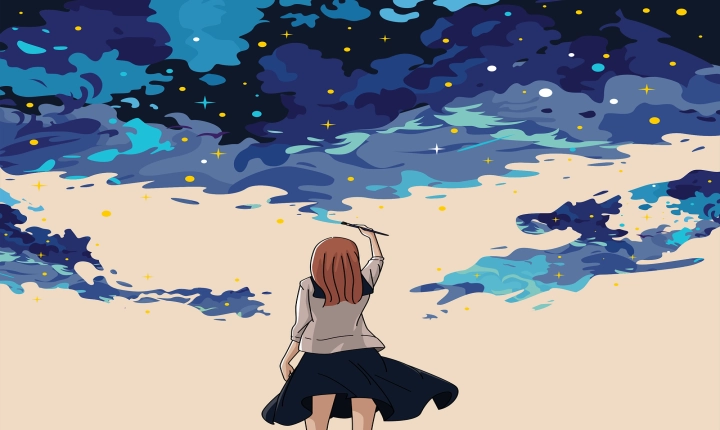Title: The Art of Generating Images Using AI
In recent years, artificial intelligence has made remarkable strides in the field of image generation, opening up a world of possibilities for artists, designers, and developers. AI has become increasingly adept at creating realistic and stunning images, offering new tools and techniques for creative expression.
One of the most exciting developments in the realm of image generation is the use of generative adversarial networks (GANs). GANs are a class of AI algorithms that are capable of generating new data instances that resemble a given data set. This technology has been at the forefront of AI-driven image generation and has produced astonishing results.
So, how does one go about generating images using AI? Here are the key steps to harnessing the power of AI for image generation:
1. Understanding the basics of GANs: To begin with, it’s important to have a basic understanding of how GANs work. GANs consist of two neural networks – a generator and a discriminator – that work in opposition to each other. The generator creates new images, while the discriminator evaluates them for authenticity. Through this process of competition and cooperation, the GAN learns to produce increasingly convincing images.
2. Training the GAN: The next step involves training the GAN on a specific data set. This could be a collection of images of a certain style, theme, or subject matter. The GAN learns to generate images based on the patterns and features it has observed in the training data. This process requires careful tuning of the GAN’s parameters and training techniques to ensure the best possible results.
3. Fine-tuning and experimentation: Once the GAN has been trained, it’s time to experiment and fine-tune the image generation process. This may involve adjusting the GAN’s architecture, manipulating input parameters, or exploring different data sets. Through iteration and experimentation, one can discover new ways to generate compelling and diverse images.
4. Using pre-trained models: For those who are just beginning to explore AI-driven image generation, using pre-trained GAN models can be a helpful starting point. There are numerous open-source projects and platforms that offer pre-trained GAN models, making it easier to generate images without having to build a GAN from scratch.
5. Ethical considerations: As with any form of AI, it’s crucial to consider the ethical implications of image generation. This includes being mindful of copyright issues, respecting the privacy of individuals in the generated images, and ensuring that the generated content is used responsibly and ethically.
The potential applications of AI-driven image generation are wide-ranging. From creating art and design concepts to generating realistic visualizations for virtual environments, the possibilities are endless. However, it’s important to approach AI-driven image generation with a spirit of creativity, exploration, and ethical responsibility.
In conclusion, AI has revolutionized the process of image generation, offering new ways to create, experiment, and innovate. By understanding the principles of GANs, exploring pre-trained models, and embracing ethical considerations, one can tap into the power of AI to generate images that captivate and inspire. As AI continues to advance, the future of image generation is sure to be even more extraordinary.
